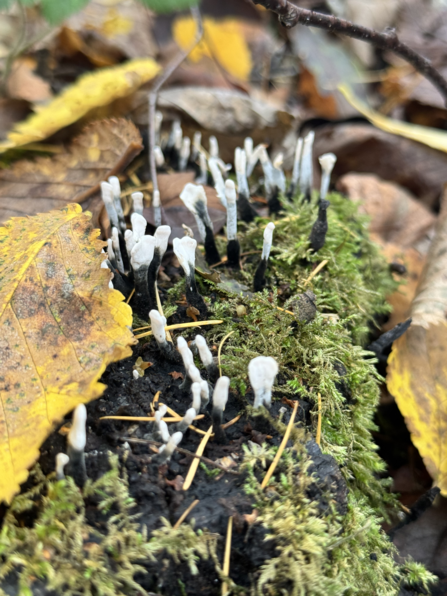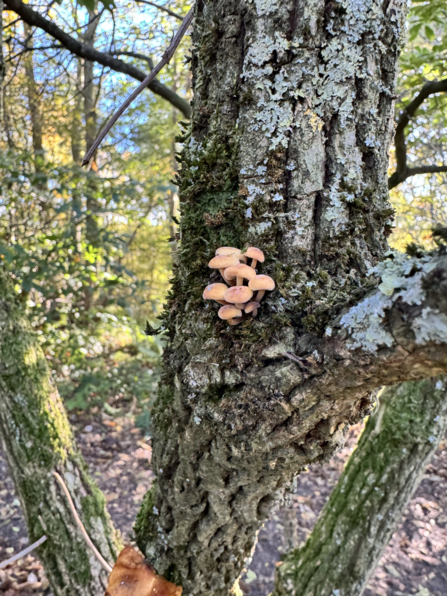Autumn is undoubtedly here. The route ahead is strewn with copper-coloured leaves and there is a definite chill on my cheeks and bare fingers.
I had just met with Catherine Gillies from the North East Fungi Study Group in the warmth of the Alder Room at Low Barn’s Visitor Centre. We wanted to check that the TV and HDMI cables worked ahead of the talk on Saturday morning and I wanted to check that there would be enough room to look at our findings after the walk.
We ended up reading through the talk slides and I was surprised to learn that it wasn’t until 1969, the year of the first moon-landing, that scientists stopped classifying fungi as part of the plant kingdom.






